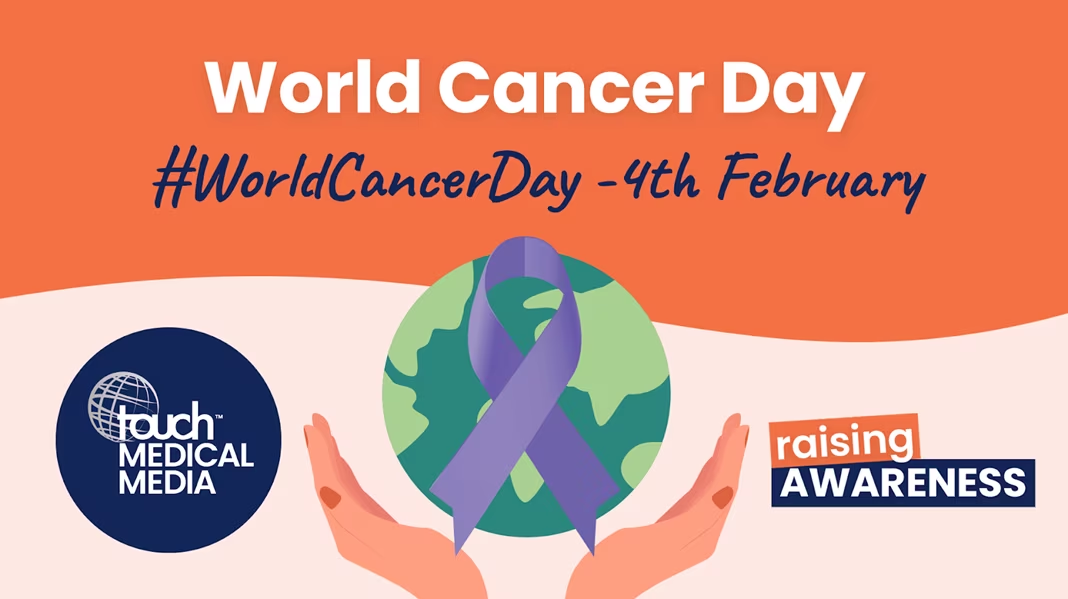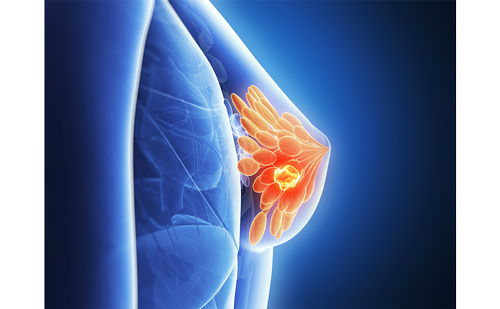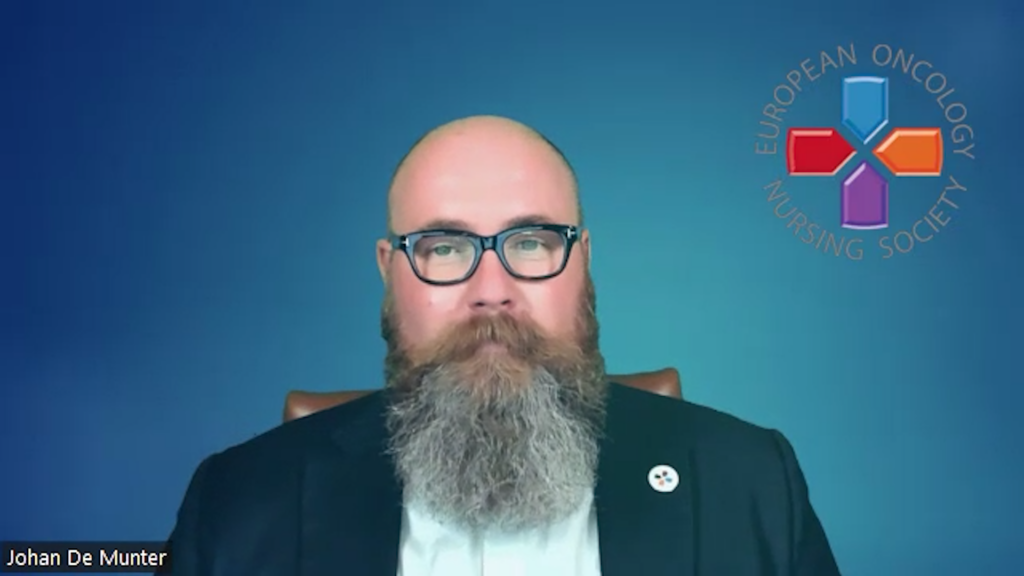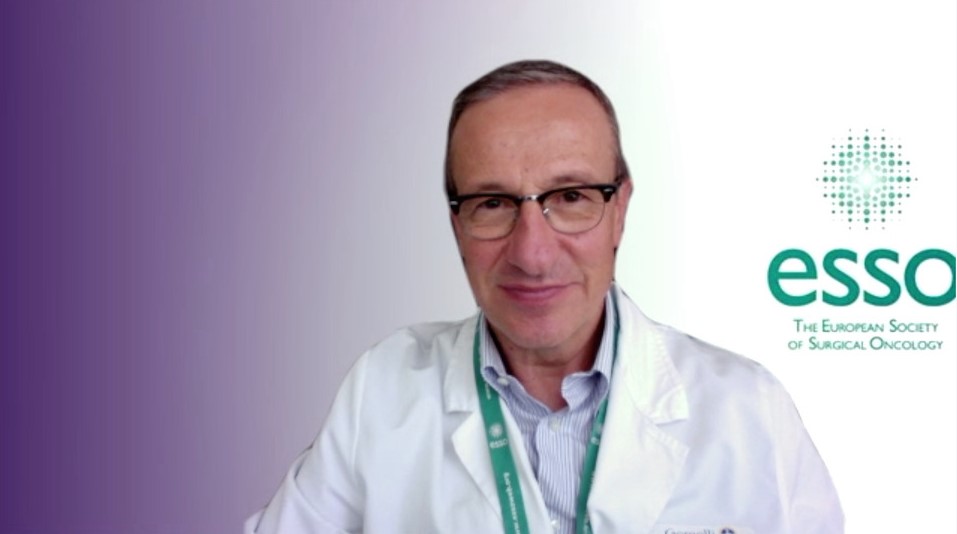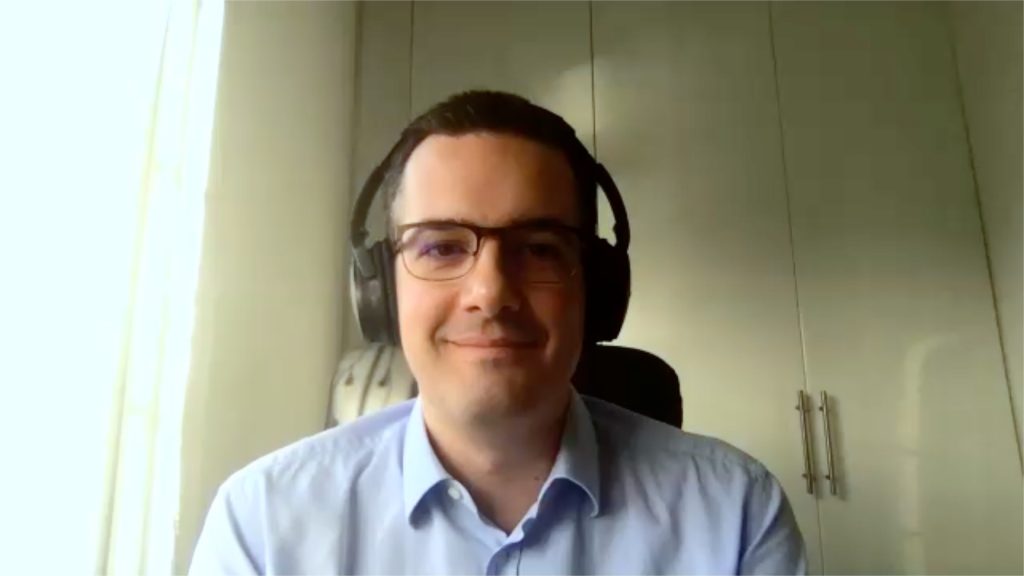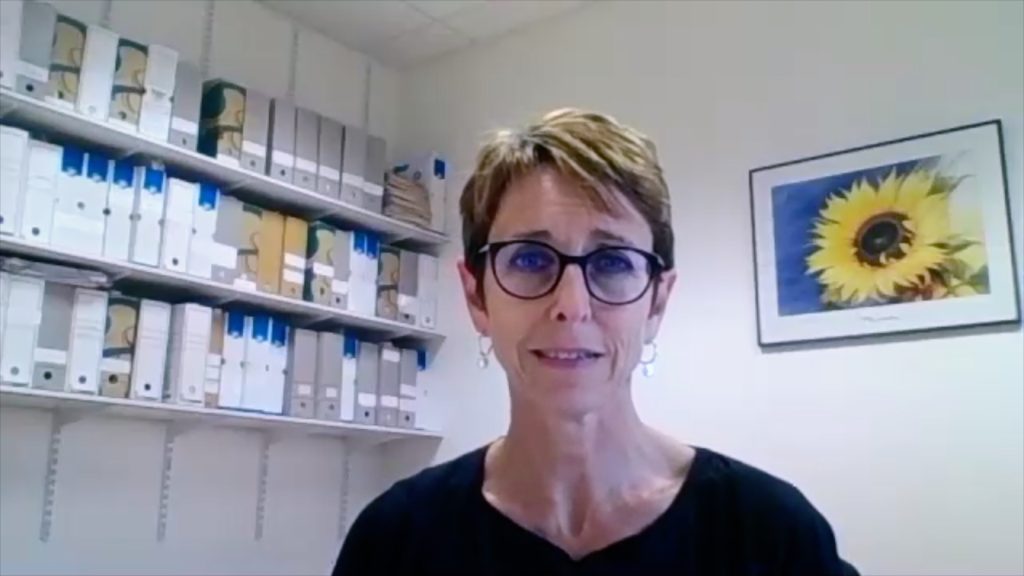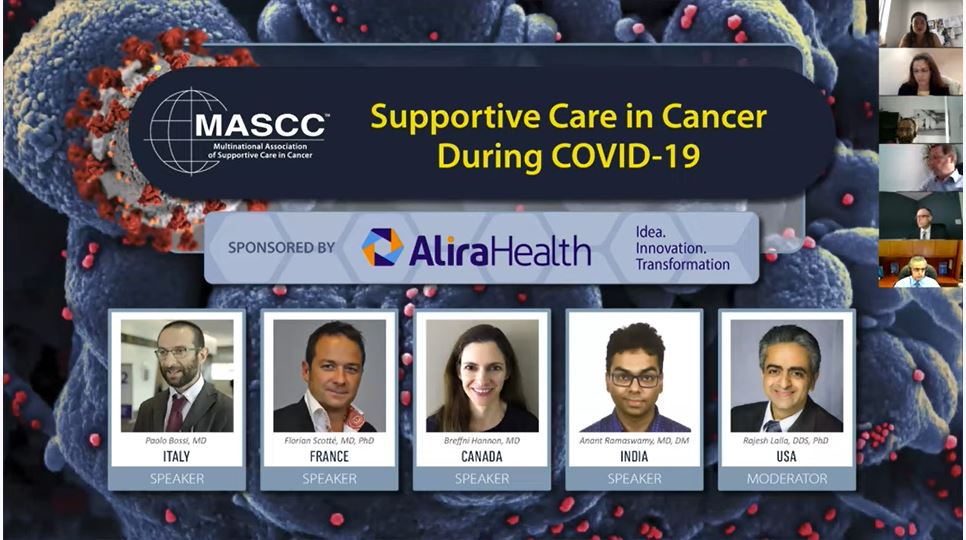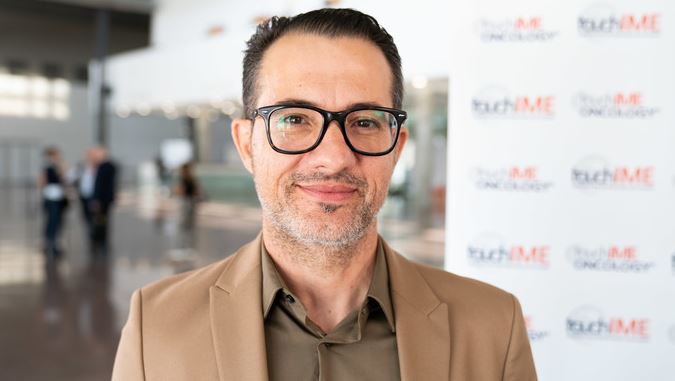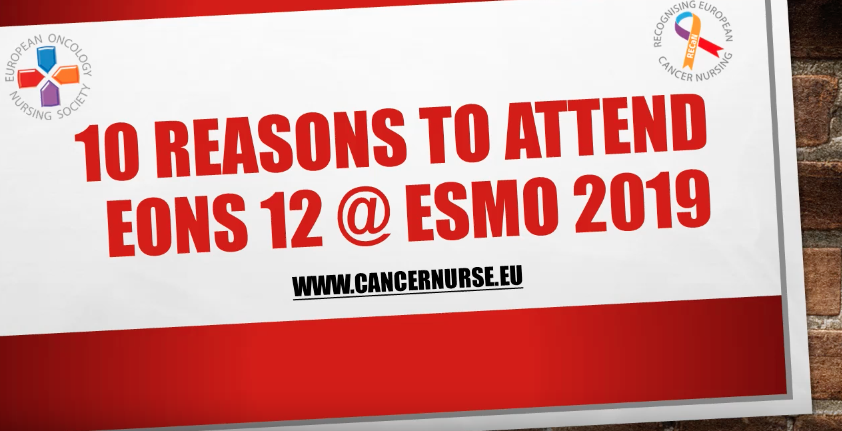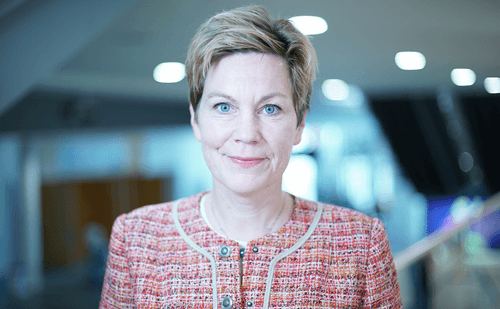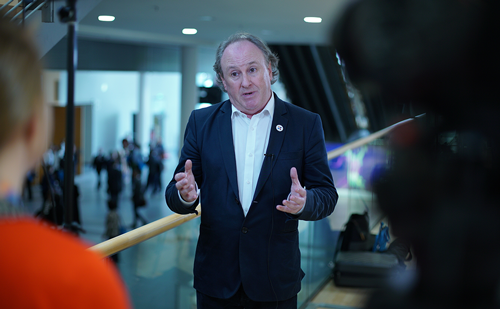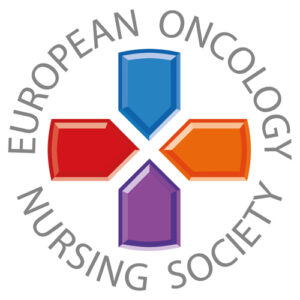
Cancer is a leading cause of death worldwide and represents a growing major public health problem. Every year on February 4, World Cancer Day serves as a global initiative to raise awareness, promote education, and drive action in the fight against cancer. It is a powerful reminder of the importance of unity and proactive efforts toward a healthier future. One of the most impactful ways to reduce cancer risk is by adopting and maintaining a healthy lifestyle. Healthy behaviors are paramount in preventing cancer risk, as numerous clinical and epidemiological studies clearly show the profound impact of lifestyle choices on both the development and prevention of cancer.
Healthy Eating Habits: Maintaining a healthy diet is essential for reducing cancer risk. Excess body weight causes adipose tissue abnormalities, triggering the production of cytokines including IL-6 and TNF. These cytokines can damage DNA, cause point mutations, stimulate uncontrolled cell growth, and enhance tumor cell angiogenesis and invasiveness – factors that contribute to cancer development and
progression. To protect against these risks, it is crucial to adopt a balanced and nutritious diet. Incorporating a variety of fruits, vegetables, whole grains, and lean proteins into daily meals provides essential nutrients that help protect cells from damage. Additionally, limiting processed foods, sugary drinks, and excessive red meat intake can significantly lower the risk of certain cancers. A fiber-rich diet is particularly beneficial – consuming at least 30 grams of fiber per day supports digestive health and may help reduce the likelihood of certain cancers.
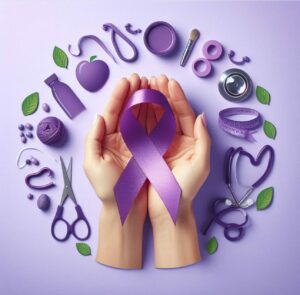
Regular Physical Activity: Staying physically active plays a vital role in maintaining a healthy weight, which is crucial since obesity is linked to several types of cancer. Research has shown that regular exercise serves as a protective factor, particularly against breast cancer, by reducing inflammation, regulating hormone levels, and boosting immune function. To maximize these benefits, engaging in at least 150 minutes of moderate-intensity exercise or 75 minutes of vigorous-intensity exercise per week is recommended. Activities such as brisk walking, cycling, swimming, or strength training can help improve overall health and lower cancer risk.
Avoiding Tobacco and Limiting Alcohol: Tobacco use remains the leading preventable cause of cancer-related deaths worldwide, claiming over 8 million lives annually due to cancer and other serious diseases. Smoking is a major risk factor for lung cancer and several other types of cancer but quitting or never starting can dramatically reduce this risk and improve overall health. Similarly, excessive alcohol consumption has been linked to an increased risk of several cancers, including liver, breast, and colorectal. Reducing alcohol intake or avoiding it altogether can help lower this risk and contribute to long-term well-being.
Sun Protection: Exposure to solar radiation can have serious health consequences, as it causes molecular and cellular damage, including DNA mutations that increase the risk of skin cancer. Protecting the skin from harmful UV rays is essential in preventing conditions such as melanoma and other forms of skin cancer. To stay protected, use a broad-spectrum sunscreen with at least SPF 30, reapplying it regularly when outdoors. Wearing protective clothing, including hats and sunglasses, and seeking shade whenever possible further reduces UV exposure. Additionally, avoiding tanning beds and limiting sun exposure during peak hours (10 AM – 4 PM) are crucial preventive measures.
Protection from Sexually Transmitted Infections: Certain sexually transmitted infections (STIs) are linked to an increased risk of cancer. Viruses such as human papillomavirus (HPV) and hepatitis B (HBV) can lead to cervical, liver, and other malignancies. Taking preventive measures against these infections is crucial for reducing cancer risk. Practicing safer sex, such as using protection and maintaining mutually monogamous relationships, helps lower the likelihood of contracting STIs. Additionally, vaccination is a highly effective strategy, as vaccines for HPV and HBV can significantly reduce the risk of cervical and liver cancers.
Mental and Emotional Well-being: A truly healthy lifestyle goes beyond physical health; it also includes mental and emotional well-being. Chronic stress can weaken the immune system, making the body more vulnerable to infections and diseases, including cancer. Managing stress effectively is essential for overall health. Engaging in relaxing and enjoyable activities, practicing mindfulness and meditation, and maintaining strong social connections can help reduce stress levels. Additionally, seeking support from friends, family, or mental health professionals when needed can provide valuable emotional balance.
By adopting these lifestyle changes, we can take proactive steps towards better health and significantly reduce our risk of cancer. World Cancer Day serves as a powerful reminder that we are all in this fight together. By supporting one another, raising awareness, and making informed choices, we can work towards a healthier, cancer-free future.
Stay healthy, stay informed, and remember that small changes can make a big difference!
References:
- de Beijer, I. A. E., Bouwman, E., Mulder, R. L., Steensma, P., Brown, M. C., Araújo-Soares, V., Balcerek, M., Bardi, E., Falck Winther, J., Frederiksen, L. E., van Gorp, M., Oberti, S., van Kalsbeek, R. J., Kepak, T., Kepakova, K., Gsell, H., Kienesberger, A., van Litsenburg, R., Mader, L., Michel, G., … PanCareFollowUp Consortium (2024). Barriers, facilitators, and other factors associated with health behaviors in childhood, adolescent, and young adult cancer survivors: A systematic review. Cancer medicine, 13(12), e7361. https://doi.org/10.1002/cam4.7361.
- Marino, P., Mininni, M., Deiana, G., Marino, G., Divella, R., Bochicchio, I., Giuliano, A., Lapadula, S., Lettini, A. R., & Sanseverino, F. (2024). Healthy Lifestyle and Cancer Risk: Modifiable Risk Factors to Prevent Cancer. Nutrients, 16(6), 800. https://doi.org/10.3390/nu16060800.
- Schmalwieser AW. Possibilities to estimate the personal UV radiation exposure from ambient UV radiation measurements. Photochem Photobiol Sci. 2020 Oct 14;19(10):1249-1261. doi: 10.1039/d0pp00182a. PMID: 32794538.
- Lazarus E, Bays HE. Cancer and Obesity: An Obesity Medicine Association (OMA) Clinical Practice Statement (CPS) 2022. Obes Pillars. 2022 Jul 5;3:100026. doi: 10.1016/j.obpill.2022.100026. PMID: 37990728; PMCID: PMC10661911.
- Chen X., Wang Q., Zhang Y., Xie Q., Tan X. Physical activity and risk of breast cancer: A meta-analysis of 38 cohort studies in 45 study reports. Value Health. 2019;22:104–128. doi: 10.1016/j.jval.2018.06.020.
- Boraka Ö., Klintman M., Rosendahl A.H. Physical activity and long-term risk of breast cancer, associations with time in life and body composition in the prospective Malmö diet and cancer study. Cancers. 2022;14:1960. doi: 10.3390/cancers14081960.
- Kerschbaum, E., & Nüssler, V. (2019). Cancer Prevention with Nutrition and Lifestyle. Visceral medicine, 35(4), 204–209. https://doi.org/10.1159/000501776.
- World Cancer Research Fund/American Institute for Cancer Research. Diet, Nutrition, Physical Activity and Cancer: A Global Perspective. Continuous Update Project. The Third Expert Report. American Institute for Cancer Research; 2018. Accessed July 21, 2019. wcrf.org/dietandcancer.
- US Department of Health and Human Services. 2018 Physical Activity Guidelines Advisory Committee Scientific Report. Accessed September 12, 2019. health.gov/paguidelines/second-edition/report/.
- Sharman, R., Harris, Z., Ernst, B., Mussallem, D., Larsen, A., & Gowin, K. (2024). Lifestyle Factors and Cancer: A Narrative Review. Mayo Clinic proceedings. Innovations, quality & outcomes, 8(2), 166–183. https://doi.org/10.1016/j.mayocpiqo.2024.01.004
Disclosure: This short article was provided by the European Oncology Nursing Society (EONS). No funding or publication fees were involved in the publication of this article.
SIGN UP to touchONCOLOGY!
Join our global community today for access to thousands of peer-reviewed articles, expert insights, and learn-on-the-go education across 150+ specialties, plus concise email updates and newsletters so you never miss out.
Click here to REGISTER NOW >>>



